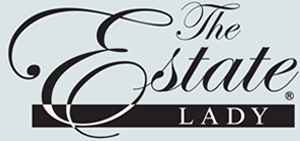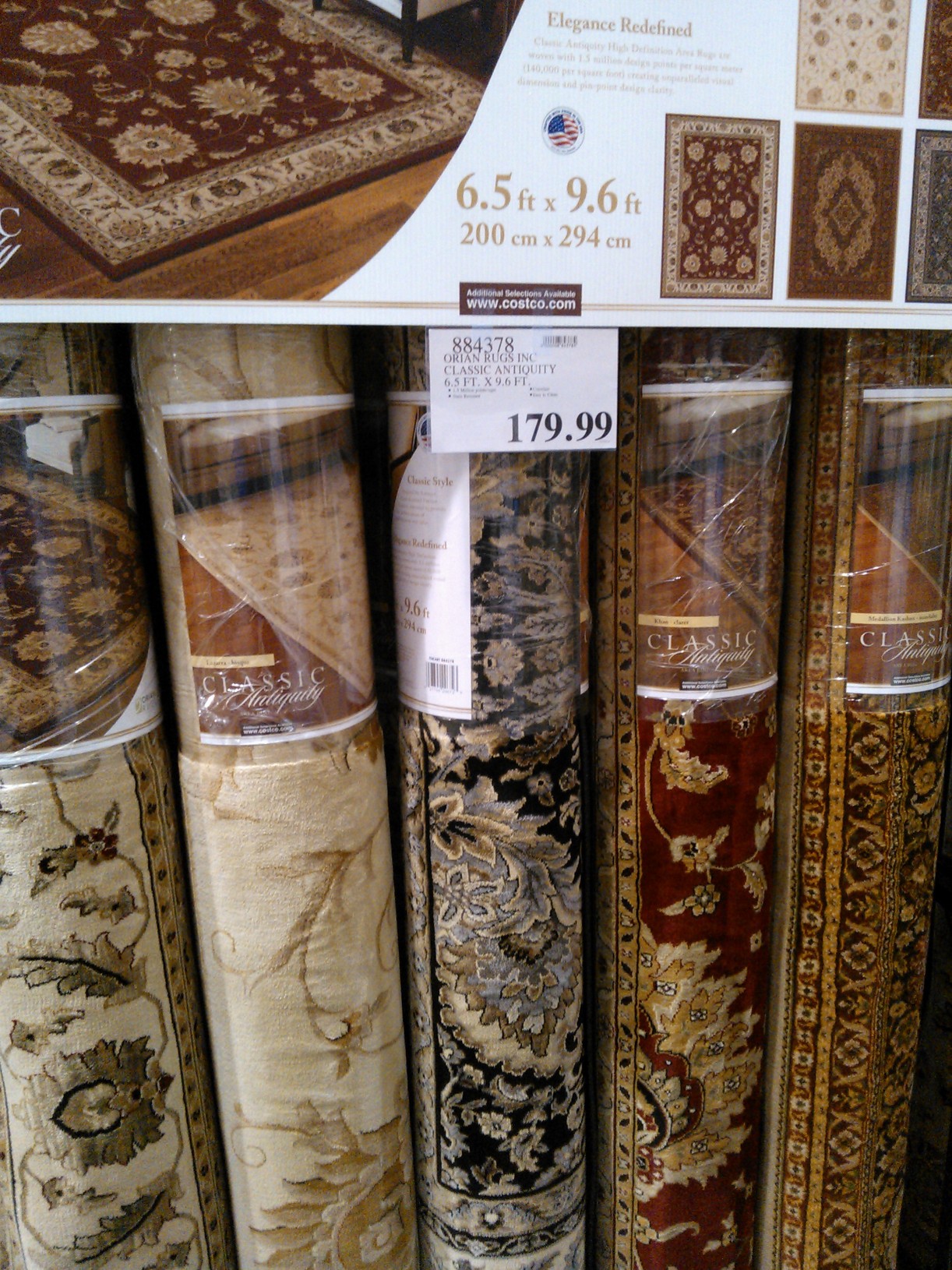Note the word “Expert” in the title. Hiring an expert will help you identify what you have in an estate, how to sell it, who are the best resources for selling and most of all, how to maximize what you have. Experts have trained eyes and detective noses that can uncover and discover what has value.
It’s Always Better To Be Safe Than Sorry
I was recently hired to consult on several estates which I will describe as modest. The furnishings were from the 1980’s and not of much value. The adult children were convinced there was nothing of value in the home and at first glance, I would have to agree. However, the daughter mentioned in passing that her parents were world travelers and never spent much money on household furnishings so they could travel.
World travelers for 60 years. Visions of far-away places. A light bulb went off in my head.
“Did your mom have any jewelry, silver, coins, etc.?” The daughter disappeared for a few minutes and brought back a huge box of jewelry and coins. She simply said, “ It’s all junkie stuff she bought in different countries.” I sat down at the table, a lamp near my head, my jeweler’s loupe and my jeweler’s scale.
Within 20 minutes, I felt like I found a small gold mine, literally.
I found more value in the jewelry in front of me than in the entire
rest of the house put together.
Much of the “junkie jewelry” turned out to be genuine gold from Asia, India and the Middle East. I was able to quickly identify other genuine antique gold and silver pieces that belonged to previous generations and offer them a time period and values so they understood what they had before making any decisions.
You see, in all the little nooks and crannies of these estates we do find treasures. You just have to know where to look and understand what it is you’ve found. This is one very important reason why you should always find out what you have before making any decisions with it, including giving it away or tossing it.
A second important reason is there are people out there who will attempt to take advantage of you. To avoid this, hire a professional who is honest and ethical and can either sell these items for you or find the right buyers who will pay well for your gold or silver. Don’t give it away or just sell it to any jewelry store on the corner. First, know what you have.
Sometimes the most value can be found in the little forgotten things you don’t give much thought to. Take it from one who knows.
It is a wonderful feeling when I get to deliver the news “It’s real and has value.” My clients light up and now have peace of mind knowing they did the right thing in hiring an expert. Seek out experts in your area, so you too can have peace of mind.
©2017 The Estate Lady® Julie Hall, The Estate Lady®, is a national expert in dealing with personal property in estates, including liquidating, advising, and appraising. http://www.TheEstateLady.com She is also the Director of American Society of Estate Liquidators®, the national educational and resource organization for estate liquidation. http://www.aselonline.com.
No part of The Estate Lady® blogs, whole or partial, may be used without Julie Hall’s written consent. Email her at julie@theestatelady.com.






